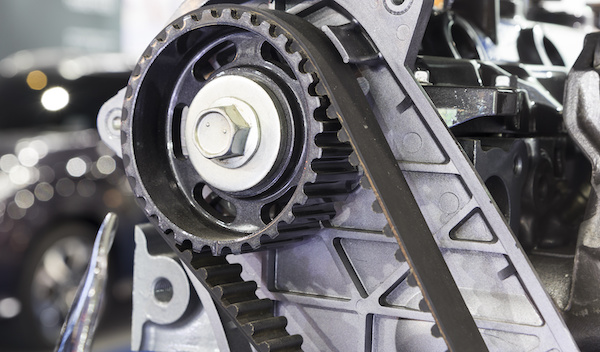
While you may not pay much attention to your car's timing belt, it plays a vital role in the mechanics of your vehicle. The timing belt is an engine component that rotates the engine's cam and crankshaft in sync, ensuring every cylinder fires at the appropriate time. You can find your car's timing belt under a timing cover near the front of the engine, and since it was likely manufactured from performance-quality rubber, it will need to be replaced every now and then. In this post, we will look at a few common symptoms that may indicate your timing belt needs repair.
Like any piece of equipment, a timing belt will deteriorate with time. It is best to check the owner's manual or ask a trusted professional to know if your engine has a timing belt or chain. A broken timing belt will cause your engine to fail completely and potentially cause damage to other parts of the engine. It is essential to replace the belt while it is showing warning signs to avoid it breaking unexpectedly.
Time is perhaps more important than miles. Seven years is the maximum life of the timing belt recommended by most manufacturers. For example, the belt should be replaced even if the engine has only 30,000 miles but is seven years of age. More timing belts break due to age than mileage.
If your timing belt is beginning to deteriorate, you may experience any one of the following warning signs:
- A ticking noise coming from the engine
- An oil leak near the motor
- Your engine runs roughly
- Your vehicle's engine won't turn over
- Overall poor vehicle performance
- You experience frequent exhaust issues
- You have problems with your RPMs
- Poor fuel efficiency
Do you think your vehicle might need a timing belt replacement? If so, we invite you to bring your vehicle to Neighborhood Tire Pros today!